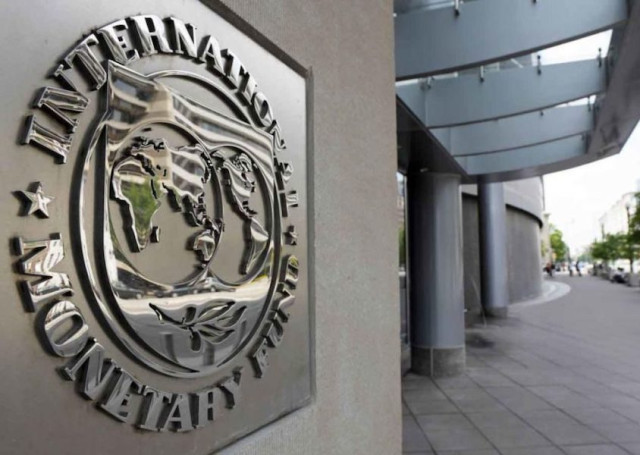A new report from the International Monetary Fund (IMF) indicates that recent data from the Currency Composition of Official Foreign Exchange Reserves (COFER) shows a steady decrease in the United States dollar's portion of allocated foreign reserves held by central banks and governments.
The IMF's blog post on Tuesday highlighted that while the US dollar remains the primary reserve currency, it is gradually losing ground to non-traditional currencies in global foreign exchange reserves.
The blogpost, authored by Serkan Arslanalp, Barry Eichengreen, and Chima Simpson-Bell, emphasized that the dominance of the US dollar in the world economy has come under scrutiny due to factors such as the strength of the US economy, tighter monetary policies, and increased geopolitical risks leading to a higher valuation of the dollar.
It also suggested that economic fragmentation and the potential reorganization of global economic and financial activities into separate blocs could prompt some countries to use and hold other international and reserve currencies.
The report pointed out that the reduced role of the US dollar over the past two decades has not been accompanied by significant increases in the shares of other major currencies such as the euro, yen, and pound.
The increase in nontraditional reserve currencies like the Australian dollar, Canadian dollar, Chinese renminbi, South Korean won, Singaporean dollar, and the Nordic currencies has been notable.
This trend, previously highlighted in an earlier IMF paper and blog, is attributed to the appeal of these currencies to reserve managers due to diversification, attractive yields, and ease of purchase, sale, and holding facilitated by digital financial technologies.
Despite the strength of the US dollar, private investors have shifted towards dollar-denominated assets, influencing the relative prices.
Exchange rate fluctuations and changes in government securities' values also impact the currency composition of central bank reserve portfolios.
Over the past two decades, while the value of the US dollar has remained stable, its share of global reserves has decreased, indicating a gradual shift away from the dollar by central banks.
However, statistical tests do not support claims of an accelerating decline in the dollar's reserve share due to US financial sanctions.




















